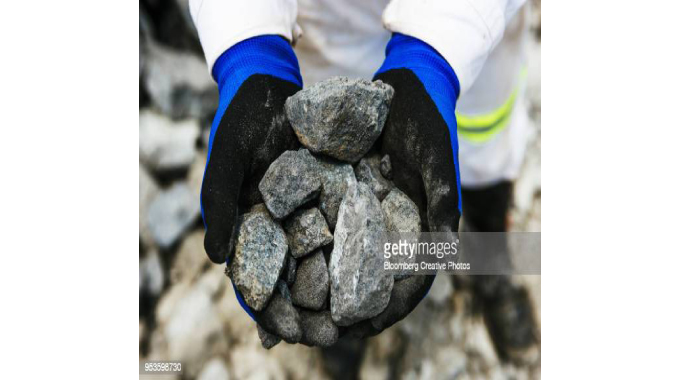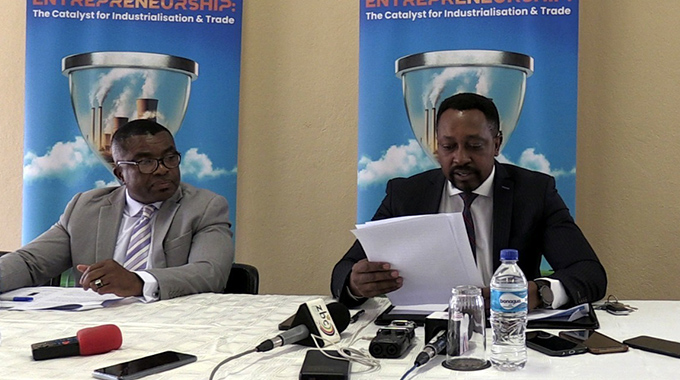Government reviews platinum, lithium royalty rates

Nqobile Bhebhe, Senior Business Reporter
GOVERNMENT has proposed an increase in platinum royalty rates to five percent to enhance revenue contribution to the fiscus in line with trends in other countries in the region.
The 2,5 percent that was reduced from 10 percent in 2015, is viewed to be sub-optimum. The proposed rate which will also apply to lithium, is set to come into effect from January 1, 2023.
In his 2022 Mid-Term Fiscal Policy Review Statement in Parliament last Thursday, Finance and Economic Development Minister, Professor Mthuli Ncube, said despite the significant contribution to output and export receipts, the mining sector only contributed about 1,2 percent of the Gross Domestic Product in direct taxes to the fiscus in 2021.
This, he said, is significantly in contrast to countries in sub-Saharan Africa, which averaged two percent during the same period.
Minister Ncube said the tax system was the main instrument for sharing benefits from minerals and also provides an important source of Government revenue.
He said low fiscal receipts were attributed in part to a generous royalty regime on some major minerals.
“A case in point is the royalty rate on platinum, which was reduced from 10 percent in 2015 to 2,5 percent in conformity with a court judgment. The reduced rate was subsequently aligned across all platinum producers,” said Prof Ncube.

Platinum- Image taken from Shutterstock
He said when compared to revenues accruing from mining activities and rates charged on other precious minerals and metals such as gold, the royalty rate on platinum is sub-optimum.
“For example, royalty rates on gold range from three to five percent depending on the international commodity price,” said Minister Ncube.
He said he was proposing a royalty rate of five percent, which is in line with other platinum producing countries in Africa and the new rate should come into effect on 1 January 2023.
“The royalty rate of five percent will also apply on lithium with effect from 1 January 2023,” said Professor Ncube.

Lithium
The mining industry is one of Zimbabwe’s economic mainstays with the sector presently contributing about 70 percent of the country’s foreign currency earnings.
The main minerals expected to lead growth of the mining sector include gold, platinum group metals (PGMs), chrome and ferrochrome, nickel, diamonds, lithium, coal and hydrocarbons.
The gold sector holds the bulk of the value in terms of the US$12 billion target as it is expected to earn US$4 billion representing one third of the total value.
Platinum group metals (PGMs) follow behind at US$3 billion, chrome, iron and steel at US$1 billion, diamonds US$1 billion, coal US$1 billion, lithium US$500 million and other minerals US$1,5 billion.

Recently, Chamber of Mines of Zimbabwe chief executive officer, Dr Isaac Kwesu told mining players that the sector prospects remain on the upside, benefitting from favourable mineral prices and several expansion projects.
He said in the first half of the year, several minerals registered increases in production, a firm indication that the US$12 billion mining industry is attainable.

Dr Kwesu said Platinum Group Metals increased production of between two percent and five percent (rhodium two percent, platinum four percent, palladium four percent, ruthenium five percent).
In the first quarter, lithium production was up 83 percent, diamond up 51 percent, coal up 21 percent and nickel up 13 percent, said Dr Kwesu.











Comments